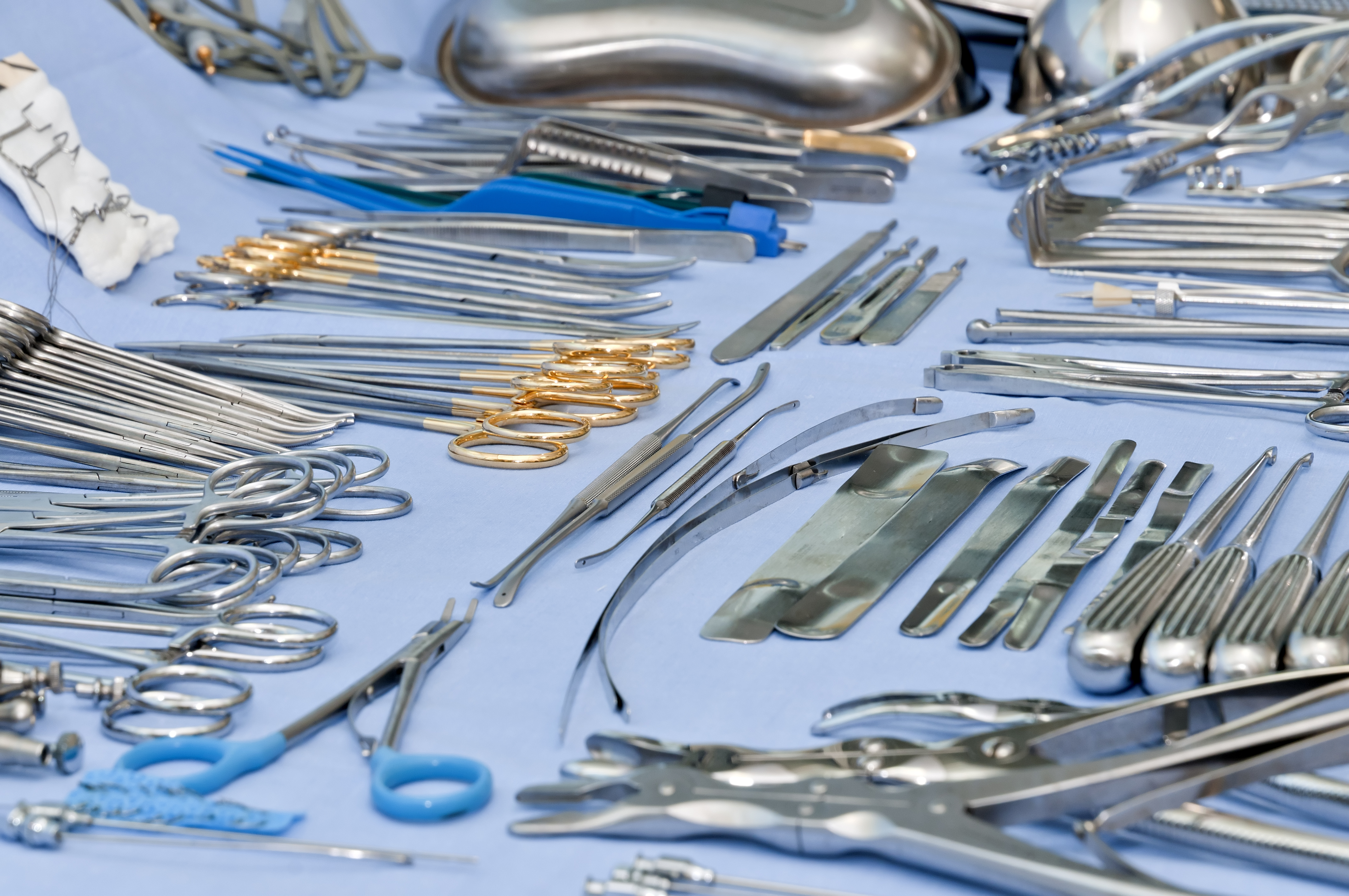Without a doubt, preventive maintenance is one of the biggest contributing factors in maximizing the lifespan of stainless surgical instruments. Unfortunately, instruments of the highest demand are all too often not properly serviced within a preventive maintenance schedule. This is because there may not be enough inventory to sufficiently support the facility’s surgical case load. Adding to the challenge, preventive maintenance schedules (through existing software systems) are not updated regularly or used at all.
In some cases, the repair company (the one providing onsite repair service) shows up on the same day each week at their convenience and not at the “convenience” of instrumentation. It could be a staff training issue or an onsite repair van service scheduling issue. Whenever possible, a facility should alternate the days of onsite service so that the technician does not show up on the same day of the week, every week. Surgical block scheduling may mean certain surgical specialties’ instruments will never be available on the same day of the week.
Neglecting regular service by consigned or loaner sets may contribute to a lack of regular maintenance of instrumentation. Additionally, some loaned sets are managed on a “run to fail” mentality, possibly ignoring routine maintenance until a replacement is necessary. This adds extra expense for the manufacturer that eventually trickles down, resulting in an eventual increased cost of new instruments to the hospital. From an OEM perspective, devices may be designed and manufactured to match a surgical need and not necessarily for ease of cleaning, maintenance or repair. These challenges can play a negative role in HAIs, delayed cases, and overworking devices that are OR-ready while devices in need of service are out for repair. The resulting inadequate inventories can then contribute to processing errors, extra wear and tear on equipment (and staff) and other mistakes while staff rush to meet schedules.
The good news is that CS/OR professionals can have a big impact on reducing the need for excessive repairs and frequent instrument/device replacement. There are many simple things that can and should be done!
- TESTING: First and foremost, proper testing of scissors for sharpness during the tray assembly process is vital, as is properly following IFUs and providing adequate training to staff members, especially in high turnover roles. Additionally, testing every laparoscopic instrument during set assembly to ensure insulation integrity and functionality will help avoid injury to both patient and staff.
- CLEANING: Gross bioburden should be removed post-surgery, and instruments should be pre-treated/cleaned immediately after the case, before the waiting period and prior to decontamination.
- COMMUNICATING: There should be clear and consistent communication from the OR to the CS/SPD staff when an instrument(s) is not functioning properly during a case. For example, when a piece of tape or paper is affixed to an instrument in need of service by the OR staff, as it is transferred to decon, it can easily fall off the instrument, or be removed during the decontamination process and never reach the repair bin. That instrument is then more likely to find its way back into the OR in the same (or worse) condition.
- PROPER USAGE: At times, instruments may be used during a case for other than their intended design. For example, using whatever is available or in hand to do the job of an elevator or pin cutter. Not using a pin cutter or wire cutter at the expense of a convenient scissor or Kerrison leads to unnecessary instrument damage.
A continued focus on identifying minor service needs will help maintain the OR readiness of surgical instrumentation, as well as maximize the service life. This leads to a reduction in repair expenses by decreasing the number and frequency of more expensive, complex and extensive repairs.
Additionally, not adhering to true preventive maintenance scheduling, as well as the lack of proper inspection and testing techniques during the tray assembly process contribute to bigger repair bills and premature replacement, as well as potential disappointment and/or unnecessary risk in the OR.
Proper testing based on instrument type is also critical. Every pair of scissors should be tested for sharpness during the tray assembly process with Theraband. Other sharps such as Kerrisons (for “bite” vs. tearing or snagging), osteotomes, curettes, etc., need to be tested as well. CS technicians should actively participate in regularly scheduled meetings with their repair service provider to discuss inspection techniques, identifying minor damage, as well as discussing trends in damage as identified by the repair technician.
Taking photos of damage and conditions of sets and equipment when they arrive at decon can have a huge impact on initiating change if properly framed as a team approach to improving processes, reducing costs, etc. Collaboration, cooperation and communication are key! Actively participating in joint meetings with the OR staff, SPD staff and your repair service provider has many benefits. Topics to discuss should include: preventing avoidable damage, damage and failure trends and post-op pre-treatment of instrumentation. Communication on instruments not meeting surgeons’ expectations and other topics can result in a reduction in repair costs, maximizing instrument life, improving performance of instrumentation in the OR, and improved relationships between departments – all in support of safety, efficiency, and better outcomes.

